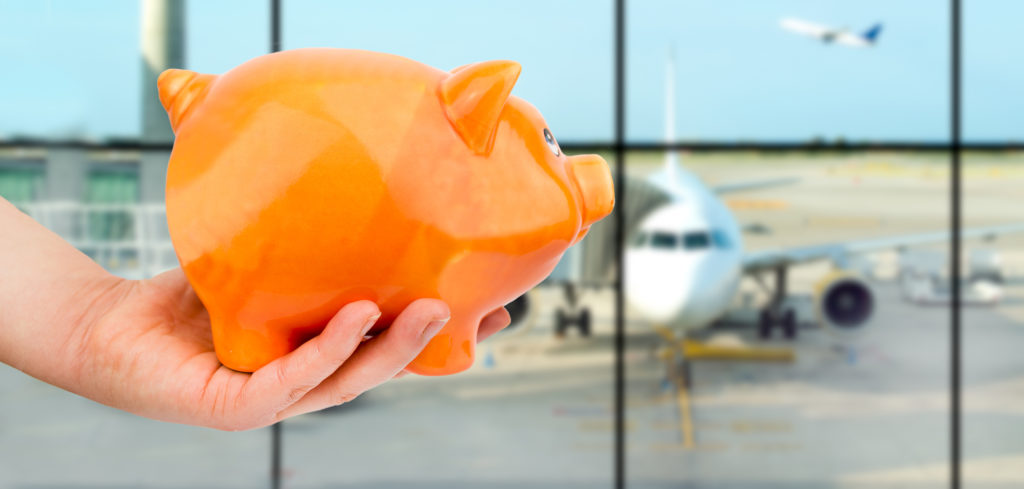As we seek out the new normal for the aviation industry, it is in the here and now, the recovery phase, that airports may make or break their future. The financial decisions made now will have implications far past the immediate Covid-19 era, giving the pandemic the potential to change the playing field.
We’re seeing a broad spectrum of responses to the pandemic across airports. However, they broadly fall under three strategies: save, spend or invest. Interestingly, we’re seeing both domestic and international, hub and regional airports employing differing strategies, so clearly there is no universally agreed ‘right’ response.
The ‘save’ strategy has been used by a large portion of airports worldwide, particularly in the UK. By reducing both CapEx and OpEx down to bare minimum level, and holding them there, the aim is to ‘make it through’ the pandemic. Whether necessitated by a constrained cash position or made as a conscious decision, the strategy is reliant on external factors (such as government advice or a vaccination) boosting the wider aviation market out of its slump.
Meanwhile, the ‘spend’ strategy can be seen as a reactive mid-term solution, where both CapEx and OpEx spend is ramped up in pursuit of a safer airport journey, supported by a well thought out external marketing campaign. Primarily used by regional airports, and in some cases by airports that were previously staunch followers of the ‘save’ strategy, the increased spend is focused on making highly visible infrastructure and process changes intended to convince passengers that the airport is a safe space. Branded videos demonstrating UV cleaning robots, rudimentary contactless solutions, wide use of elevated body temperature (EBT) testing and free face coverings have littered social media channels for these airports. The message: we’re making our airport safe, so please fly with us.
The ‘invest’ strategy is already being adopted by at least one of the primary hub airports. With careful consideration of the pandemic landscape, a conscious decision has been made to invest in long-term innovation. Here, CapEx spend is being accelerated to facilitate a step change in customer experience and reduced long-term OpEx via automated self-serve options. Contactless travel, biometrics and smartphone applications feature heavily as investment is aligned to IATA’s One ID principles for a seamless passenger journey, in this case now tweaked by the World Travel & Tourism Council to the Safe and Seamless Traveller Journey. Cunningly, airports employing this strategy have been able to take advantage of the wider supply change implications of a deflated industry to drive down supplier prices and maximize their return on investment.

So which strategy is working? The backdrop remains a dynamic passenger and business landscape – more passengers are now willing to fly, but of these, some are prevented from doing so by restrictions imposed by their government or their business. Across the industry, it appears that the return of passengers is being driven largely by government policy and national passenger perception, not by differentiation between airports.
Surveying the opinion of colleagues, our internal research shows the same conclusion, suggesting that the availability of a vaccination, national and international testing procedures and social distancing measures (including on the plane) are seen as the best ways to encourage a return to flying – all largely outside the control (but not influence) of airports.
If this trend continues, those who adopted the ‘spend’ strategy could experience a low return on investment and significant abortive CapEx, potentially putting these airports at a cash disadvantage as the pandemic period comes to an end. Will they rethink and change tact? Or will they plough more money into marketing in the hopes that safer airports begin to attract more passengers? Or is a better question: how can we prevent this CapEx being abortive and instead pivot their spend into an ‘invest’ strategy?
That’s not to say that the ‘invest’ approach is a silver bullet. Given the strategy will take time to bear fruit, we won’t know the full extent of airport differentiation for several years. But it does beg the question: should airports be investing again now, and are those that don’t going to be left behind the step change in passenger experience that others are shooting for? While we’re unlikely to see large changes at the top of the airport pecking order, the strategy each airport chooses could have substantial implications. Are we going to see new members to the ‘exclusive airports’ club?

